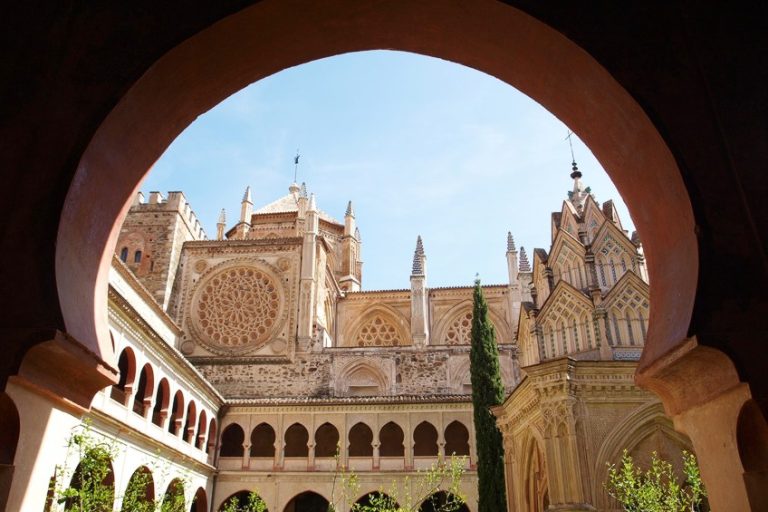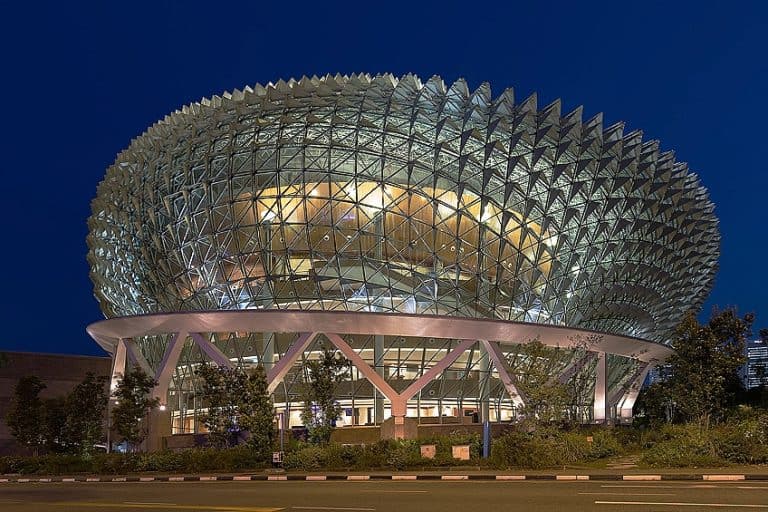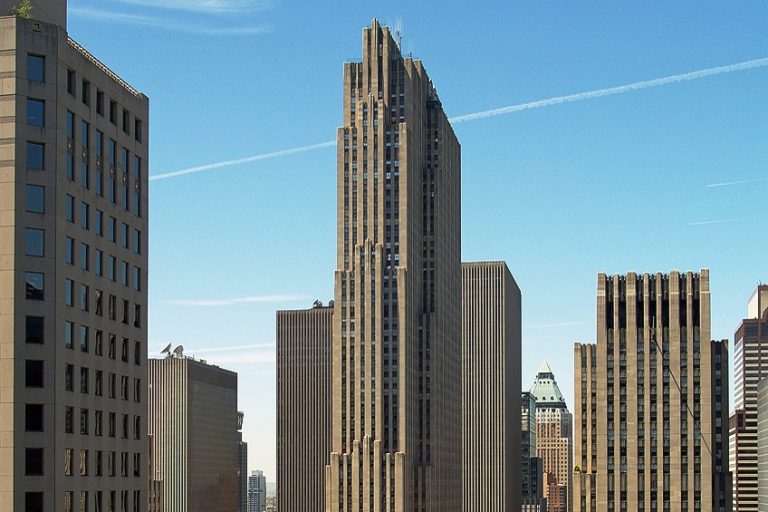German Architecture – Characteristic German Style Houses
German architecture is regarded as very diverse due to the fact that every style that was once popular in Europe is represented in this country, all the way from Roman to Postmodern architecture. Old German buildings can still be seen today that display elements of everything from Carolingian to International Style architecture. The diversity apparent in famous German architecture is the result of hundreds of years of the country’s fragmentation into various kingdoms, each of which developed its own distinct vernacular style of architecture. Today’s article will explore the various German architecture styles that arose through the ages, as well as look at some of the most famous architects who created these German-style houses, castles, public buildings, and palaces.
Exploring the Diverse World of Famous German Architecture Buildings
The division of Germany into various splinter principalities resulted in the diversification of German architecture, with German buildings displaying distinct characteristics from one town to another. While many examples of these early German architecture styles can still be found in smaller towns, a large proportion of the larger cities’ architectural heritage was destroyed during WWII and was subsequently replaced by comparatively simplified Modernist architecture. However, this was not the only factor that drastically changed the face of German architecture, as the emergence of industrialization in the 19th century required a different type of architecture to suit these cities’ changing needs.

Famous German Architecture Styles Through the Ages
Germany’s history stretches back many centuries and there are examples of architecture that reach back all the way to the ancient Roman era. Throughout the following centuries, the various architectural trends that arose in Europe inevitably found their way into the German architecture of the time.
In this chapter, we shall explore the most famous German architecture styles that took hold across the country.
Ancient Roman Architecture in Germany
There was a time in ancient history when the mighty Roman Empire spanned most of the Federal Republic of Germany as we know it today, and there are still remnants from approximately 100 to 150 CE at the limes, which acted as Ancient Rome’s border defense system that delineated the Roman Empire’s boundaries. The Romans constructed amphitheaters and bridges, in addition to boundary defenses such as garrison camps and forts. Trier, a significant Roman city during that era, is home to the Porta Nigra, the biggest Roman city gate located north of the Alps, as well as the remnants of many hot baths, the Aula Palatina, and a Roman bridge. When the Romans eventually departed, Germany lost its urban culture and architectural innovations, such as glass windows and underfloor heating.
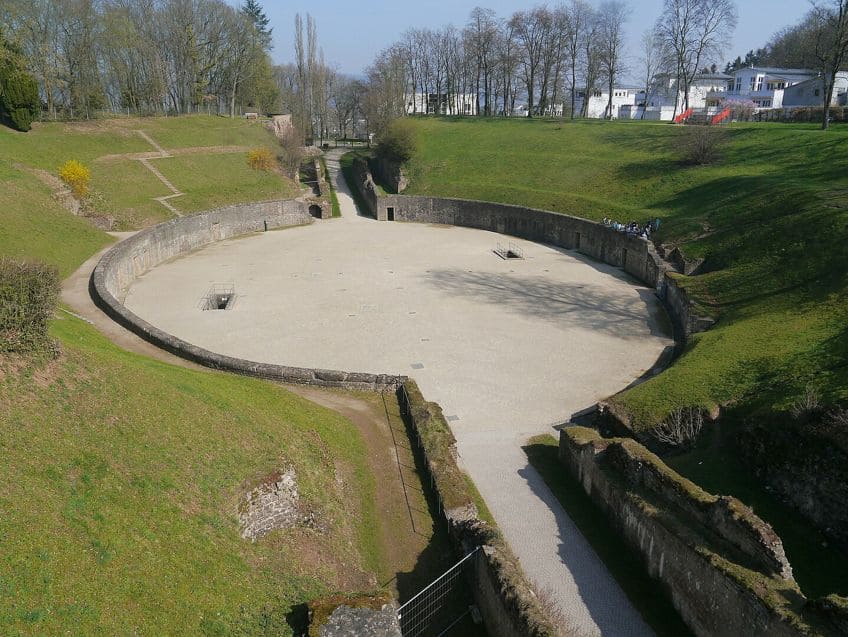
Pre-Romanesque and Romanesque Architecture in Germany
The Pre-Romanesque era in Western European architecture is normally regarded as beginning with the rise of the Merovingian monarchy around 500 CE. Lorsch Abbey is one of the more well-known German buildings from this time period. It integrates aspects of the Roman triumphal arch with a Teutonic vernacular heritage. The Romanesque era, which lasted from the 10th through to the early 13th centuries, is characterized by its sturdy appearance, groin vaults, semicircular arches, and very small paired windows. The Speyer Cathedral is considered to be the finest example of German architecture from this era.
It was erected in phases beginning in 1030 CE and became the biggest structure in the Christian world in the 11th century, as well as an architectural symbol of the Salian dynasty’s authority.
Gothic Architecture in Germany
Gothic architecture developed from the preceding Romanesque-era architecture and thrived from the high to late medieval periods. The earliest Gothic buildings in Germany were constructed around 1230, such as the Liebfrauenkirche in Trier, which is considered to be one of the best examples of early Gothic churches in Germany and belongs to the French Gothic architectural heritage. The emerging bourgeoisie subsequently followed the construction of Gothic cathedrals with the erection of guild buildings and municipal halls.

Stralsund’s Gothic Town Hall is a famous example from this era. Brick Gothic is a style of Gothic architecture that is common in Northern Europe, notably in Northern Germany and the Baltic Sea countries that lack natural rock sources. The German buildings from these areas are primarily made of bricks. This era’s German-style houses were mostly timber-framed structures, as can be found at Goslar and Quedlinburg, which is home to one of Germany’s oldest half-timbered residences.
Renaissance Architecture in Germany
Renaissance architecture refers to the era in different regions of Europe when there was a purposeful rebirth and development of some elements of old Greco-Roman culture and philosophy. During this period, Germany was divided into multiple principalities, residents were given limited rights, and various armed conflicts (particularly the Protestant Reformation’s conflicts), meant that enormous expanses of the territory remained practically underdeveloped. However, certain princes encouraged art, as can be observed in Aschaffenburg, Torgau, and Landshut, where the Renaissance period in Germany started.
The ducal Landshut Residence, and the embellished inner courtyard of Trausnitz Castle, both created by Italian Renaissance master artisans, are two fine examples of German Renaissance architecture.
Baroque and Rococo Architecture in Germany
Emerging in the early 17th century in Italy, Baroque architecture reinterpreted the humanist language of Renaissance architecture in a new symbolic, dramatic, and sculptural form, representing the victory of the absolutist state and church. While Renaissance-era architecture was a combination of religious and secular influences, the Baroque era was closely connected with the Counter-Reformation, an attempt within the Catholic Church that sought to reform itself in reaction to the Protestant Reformation.

The German government’s royal homes were influenced by the court of Louis XIV in France. Baroque architecture is defined by the interplay of architecture, sculpture, and painting. The Würzburg Residence is a prime example, with Giovanni Battista Tiepolo creating the fresco paintings above the stairway in 1751. Rococo can be regarded as Baroque’s late phase. This is when decoration grew even more in prominence and most colors were exhibited in increasingly richer tones, for instance, the stunning Sanssouci Palace, which was erected in 1745 as the King of Prussia’s summer home.
Classicism Architecture in Germany
In the 18th century’s second half, Classicism architecture arose in Germany. It was influenced by ancient classical architecture and was a protest against the Baroque style in both landscape and architectural design. Brandenburg Gate, completed in 1791, and built by Carl Gotthard Langhans, is undoubtedly one of Germany’s most iconic Classicism landmarks. The Berlin Monument Conservation Foundation restored the iconic gate in 2002, and it is now regarded as one of Europe’s most famous sights to visit. Karl Friedrich Schinkel was unquestionably the most prominent architect of Classicism architecture in Germany.
Schinkel’s designs are characterized by their connection to Greek instead of Roman architecture, eschewing the style associated with the former French rulers.
Historicism Architecture in Germany
Historicism is a type of architecture that took influence from historical styles and workmanship. Following the neoclassical era, a new historicist phase evolved in the mid-19th century, defined by a notable revival of ancient Classicism, particularly in architecture and history painting. In Germany, there were regional variations of historicist styles. The Nuremberg style, the Hanover School of Architecture, and resort architecture are among examples of these regional variations.
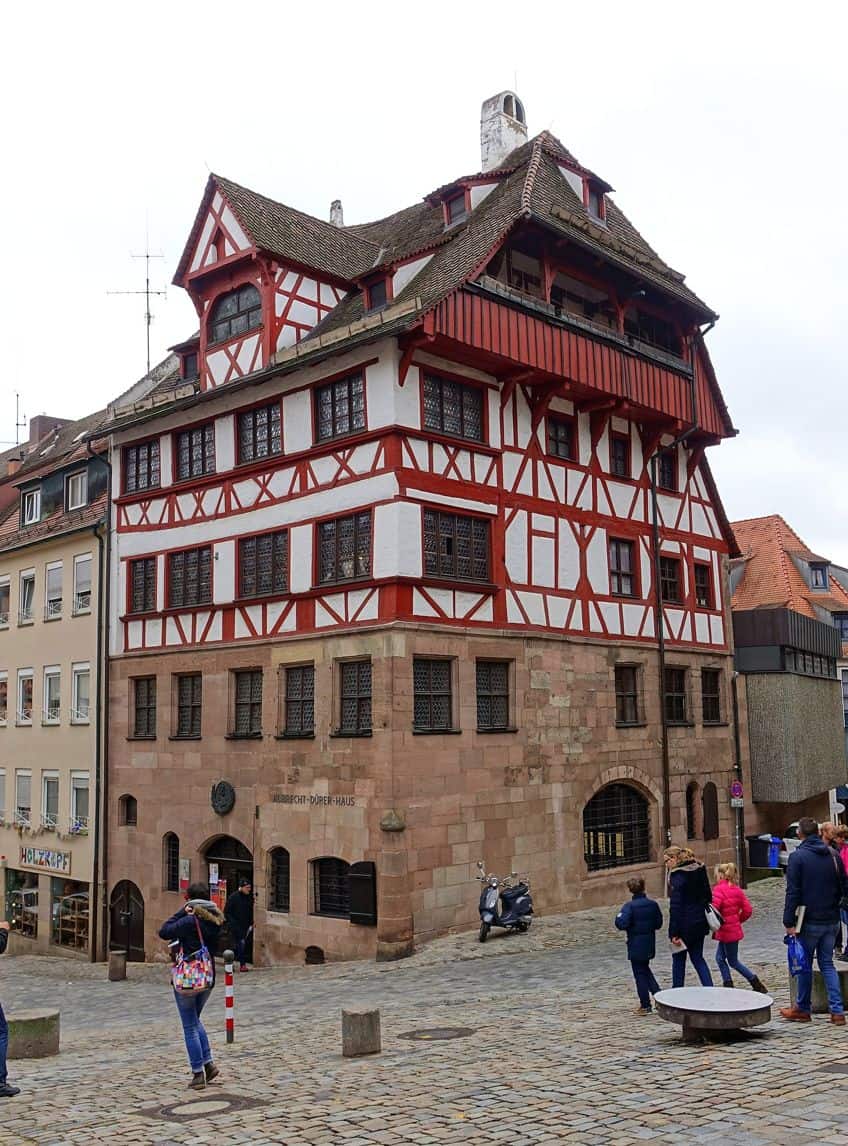
Modern Architecture in Germany
Modern architecture is characterized by the removal of superfluous adornment from its buildings and attention to its functionality. Le Corbusier’s description of houses as “machines for living in” perfectly summarizes the style. This style emerged in the early 20th century and many famous architects embraced it. Although few “modern German buildings” were constructed in the first part of the 20th century, Modern architecture became the most prominent architectural style for corporate and institutional buildings for 30 years following WWII.
In Germany, “classical modernism” is very similar to the Bauhaus style, which was established in 1919 by Walter Gropius. The Bauhaus became the 20th century’s most important art and architectural school.
Reconstruction of Germany in the Post-War Period
During World War II, the old city centers of most cities experienced major losses to their shared architectural heritage, with many examples of complete devastation. The postwar rehabilitation efforts differed greatly between West and East Germany, as well as between specific cities. Some of the more notable landmarks in most cities were repaired or recreated, although typically more simplified in design. In general, cities were not rebuilt in their traditional appearance, but rather in a utilitarian, modernist manner, with a larger emphasis on badly needed homes than historic buildings. Many German towns have recently resumed reconstruction work in the 21st century.

Famous German Architects
Who were the most significant German architects through the years? Which designers helped to shape the styles that became prominent in this diverse country? Let us find out below, as we explore the most renowned German architects that left their mark on German architecture.
Walter Gropius (1883 – 1969)
| Architect’s Full Name | Walter Adolph Georg Gropius |
| Nationality | German-American |
| Date of Birth | 18 May 1883 |
| Date of Death | 5 July 1969 |
| Place of Birth | Berlin, Germany |
Walter Gropius, one of the 20th century’s most renowned architects, was a pioneer of Modernism in addition to being the Bauhaus’ founder. Gropius, like many other modernists of the time, was fascinated by the automation of labor and the utilitarian principles of newly established industries. He joined the company of Peter Behrens, the famous German industrial designer and architect in 1908, where he worked alongside two other important German Modernist architects: Mies van der Rohe and Le Corbusier. Gropius, however, was the first of these three young designers to put his Modernist principles into action.
In 1925 Gropius created the Bauhaus in Dessau, distilling his principles into certain architectural aspects of the building’s design.
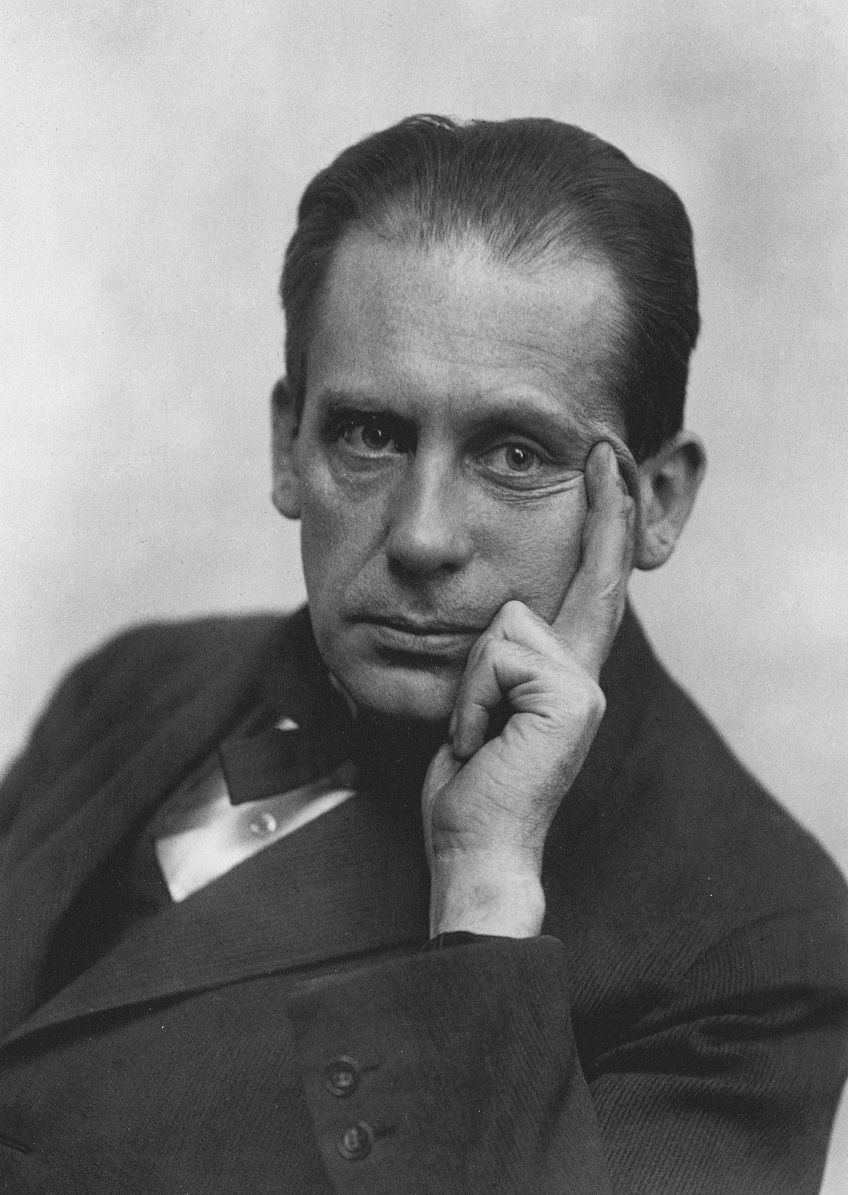
Ludwig Mies van der Rohe (1886 – 1969)
| Architect’s Full Name | Ludwig Mies van der Rohe |
| Nationality | German-American |
| Date of Birth | 27 March 1886 |
| Date of Death | 17 August 1969 |
| Place of Birth | Aachen, Germany |
Ludwig Mies van der Rohe was another pioneering architect whose works, together with those of Walter Gropius and Le Corbusier, created the International Style of contemporary architecture. He was a real modernist innovator and an important figure in 20th-century design and architecture. He produced avant-garde principles that transformed the man-made environment, concerned with the requirement of a new architectural vision capturing the energy of modern times.
The many commissions he obtained following World War II allowed van der Rohe to complete his first large-scale designs, including his groundbreaking steel skyscrapers which were covered by huge glass windows.

Hans Scharoun (1893 – 1972)
| Architect’s Full Name | Hans Scharoun |
| Nationality | German |
| Date of Birth | 20 September 1893 |
| Date of Death | 25 November 1972 |
| Place of Birth | Bremen, Germany |
During the Nazi regime, Scharoun stayed in Germany, but many of his close associates and friends fled to other countries. During this time, he only constructed a few family German-style houses. In 1933, he created the Schminke home in Lobau, Saxony, which is currently open to the public. During the war, he was occupied with rebuilding after the extensive bomb damage. He discreetly painted his architectural ideas and aspirations in countless watercolors. After WWII, he suddenly found himself in an ideological no man’s land as the city’s split became clear. In 1946, he was appointed the Technical University of Berlin’s professor of architecture.
During this period, Scharoun was able to put into practice his ambitious and humanistic architectural knowledge through the creation of his outstanding German buildings.

Gottfried Böhm (1920 – 2021)
| Architect’s Full Name | Gottfried Böhm |
| Nationality | German |
| Date of Birth | 23 January 1920 |
| Date of Death | 9 June 2021 |
| Place of Birth | Offenbach, Germany |
In 1947, he started working as an assistant architect with Dominikus Böhm, Gottfried’s father, who also happened to be one of Europe’s most important Roman Catholic church architects. Gottfried joined his father’s company in 1950 after working as an apprentice at firms in New York City and Cologne. The two cooperated on church designs, and Gottfried’s early solo work reflected influences from both his father and renowned Bauhaus exponents like Ludwig Mies van der Rohe. Gottfried took over the Cologne studio after Dominikus Böhm died in 1955. His creations started to take on a more distinctive character during this period.
Böhm continued to develop a diverse range of projects, primarily in Germany, during the late 20th and early 21st centuries, including arts venues, office buildings, civic centers, and German-style houses.
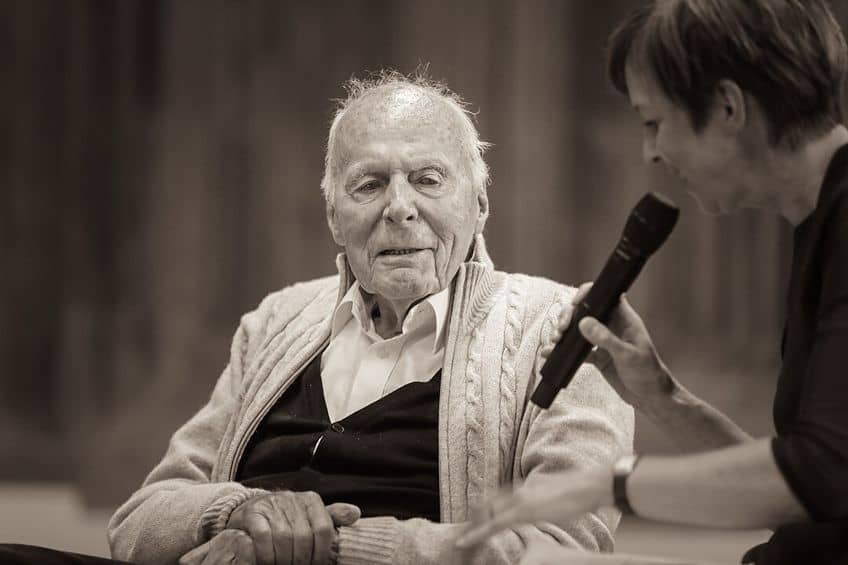
Frei Otto (1925 – 2015)
| Architect’s Full Name | Frei Paul Otto |
| Nationality | German |
| Date of Birth | 31 May 1925 |
| Date of Death | 9 March 2015 |
| Place of Birth | Siegmar, Chemnitz, Germany |
Frei Otto was a well-known structural engineer and architect who pioneered advancements in tensile and lightweight constructions. Much of his lightweight construction research is as relevant now as it was when he initially presented it over six decades ago, and his research continues to influence engineers and architects to this day. He was regarded as far ahead of his time in many respects, seeking innovative ways to use the smallest amount of energy and materials to create space, and adopting sustainability principles decades before the phrase was defined in architecture.
His concern with experimenting demonstrates his desire to expand beyond the boundaries of architecture, as he emphasized the necessity to understand the biological, physical, and technical processes that give rise to things.
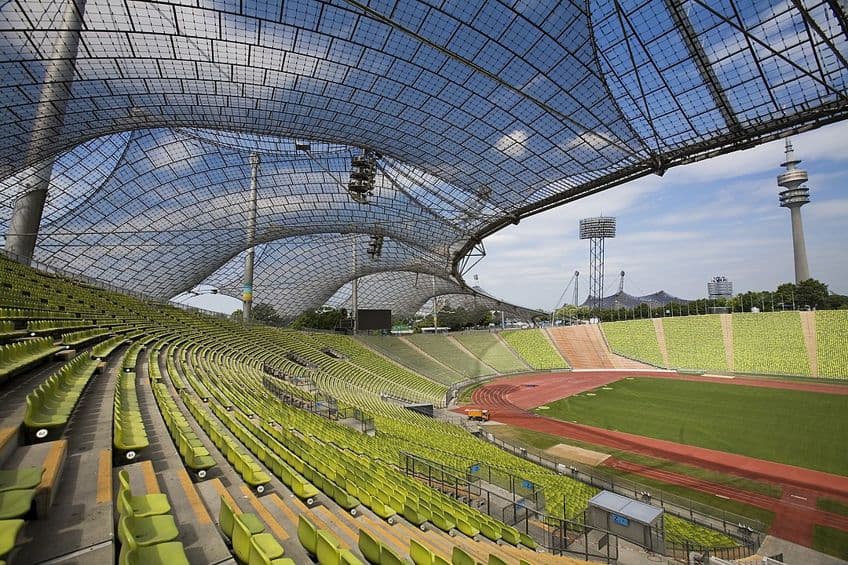
Famous German Architecture Examples
In this final chapter, we shall examine a few notable examples of German buildings which exemplify German architecture. This will serve to illustrate the diversity of styles that emerged and were incorporated into popular German architecture styles of the time.
These famous German buildings range from castles to cathedrals and schools.
Brandenburg Gate (1788) in Berlin, Germany
| Architect | Carl Gotthard Langhan (1732 – 1808) |
| Date Completed | 1788 |
| Function | Monument |
| Height (meters) | 26 |
| Location | Berlin, Germany |
The Brandenburg Gate is Berlin’s sole intact town gate, located at the western extremity of the Unter den Linden avenue. It has functioned as an emblem of both Germany’s divide and its reconciliation, and it is one of the city’s most visited sights. Frederick William II commissioned the building of the gate to serve as an entrance to Unter den Linden, connecting it to the Prussian palace. Carl G. Langhans created it after seeing the Propylaea in Athens. It is bordered by two small German buildings, Haus Sommer and Haus Liebermann, designed by architect Josef Paul Kleihues in the late 1990s to take the place of the pavilions destroyed during WWII. The sculptures and reliefs that cover the gate were created by Gottfried Schadow, and the majority of them are based on Heracles’ deeds.

Neuschwanstein Castle (1884) in Schwangau, Germany
| Architect | Eduard Riedel (1813 – 1885) |
| Date Completed | 1884 |
| Function | Castle |
| Height (meters) | 65 |
| Location | Schwangau, Germany |
Neuschwanstein Castle was begun in 1869 by Bavarian King Ludwig II but it was never finished. He regarded it as a memorial to medieval culture and royalty, which he admired and wished to emulate. It is the most renowned work of historicism and the personification of German idealism, constructed and decorated in medieval styles yet equipped with what was at the time cutting-edge technology. The principal halls of Neuschwanstein are predominantly adorned with paintings depicting episodes from the Nordic and Germanic sagas upon which Richard Wagner derived his works.
Each of the neighboring residential rooms was devoted to a different saga.
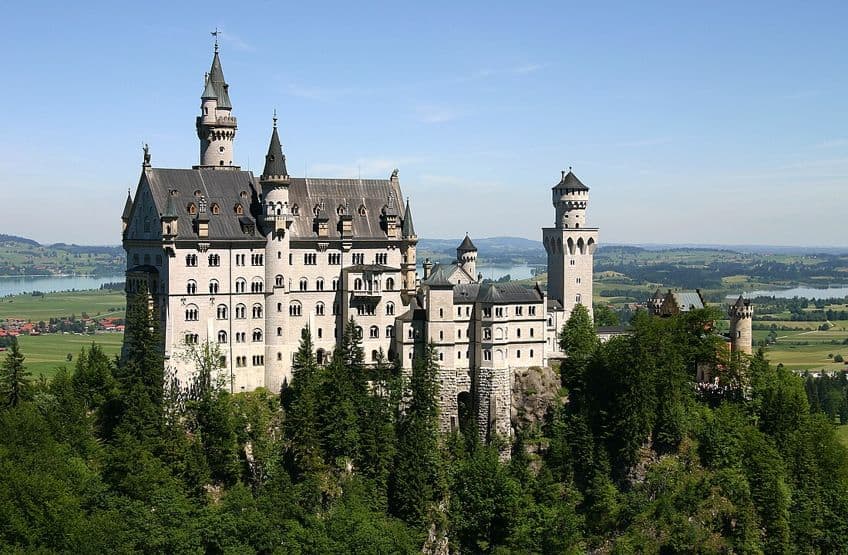
Berlin Cathedral (1905) in Berlin, Germany
| Architect | Julius Carl Raschdorff (1823 – 1914) |
| Date Completed | 1905 |
| Function | Cathedral |
| Height (meters) | 98 |
| Location | Berlin, Germany |
The Berlin Cathedral is unquestionably one of the most magnificent cathedrals in the entire city, with stunning ornamentation both inside and out. The wedding and baptismal churches, the Imperial stairway, the Cathedral Museum, the Hohenzollern Crypt, and the spectacular dome all receive special attention. The Hohenzollern Crypt is one of Germany’s most prominent dynastic burial sites. The crypt has 90 tombs dating from the late 16th century all the way to the early 20th century. After the chancel, the Imperial Staircase represents one of the most stunning components of the Berlin Cathedral.
The sweeping panorama from the dome is a favorite among visitors to the cathedral.
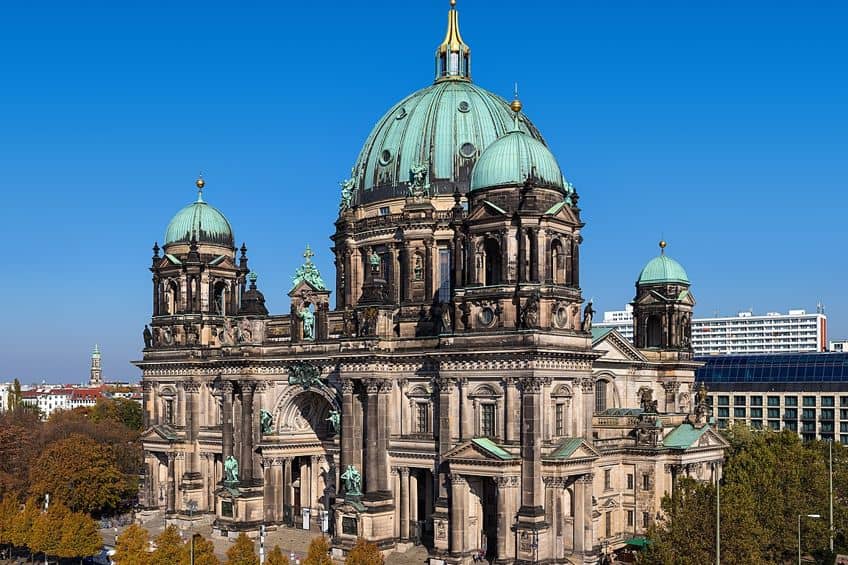
Bauhaus Dessau (1925) in Dessau-Roßlau, Germany
| Architect | Walter Gropius (1883 – 1969) |
| Date Completed | 1925 |
| Function | School |
| Height (meters) | Unspecified |
| Location | Dessau-Roßlau, Germany |
After World War I, Germany was defeated and sought a way out from the moral crisis in which it suddenly found itself. Its scholars argued that political irrationalism had resulted in bloodshed and that critical rationalism was required to reconcile the social conflict. Gropius considered himself to be closely connected with these ideas. His outstanding Bauhaus building would serve as his masterpiece and manifesto for rationalism in architecture. It would combine the traits of the Modernist movement, including logically articulated pure spaces (functionalism), creative application of novel materials, such as the glass curtain-walls for buildings’ façades, an absence of ornamentation, horizontal windows, and, most importantly, a spatial conception governed by the relationship between the various spatial elements.
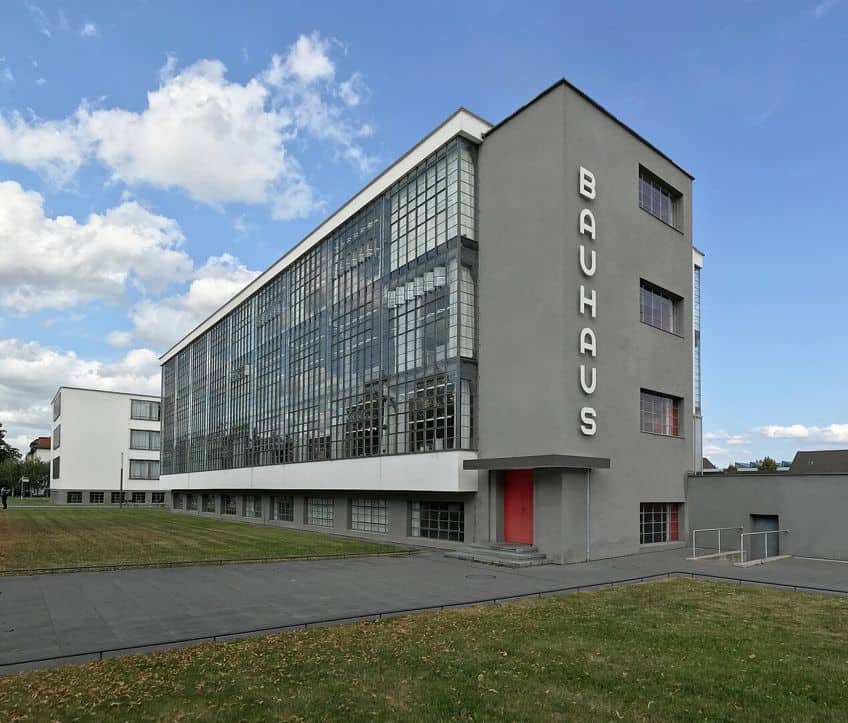
That concludes our look at the famous German architecture styles that have arisen through the ages and grown to prominence. Each of these styles left a mark on the ever-changing face of German architecture, with German buildings across the country exhibiting localized variations. From the ancient Roman era all the way to the present day, Germany has always been on the frontline of architecture, embracing what was popular in Europe and redefining its principles.
Frequently Asked Questions
How Many German Architecture Styles Are There?
Well, to put it simply, there are too many different German architecture styles to mention! Germany has always looked to the rest of Europe to see what was on the cutting edge of architecture. It has, through the centuries, adopted and adapted to many different architectural styles, adding its own Germanic flair and expertise. We can find examples of German architecture that reflect eras such as the Renaissance, Baroque, Gothic, Rococo, and Classicism, among many others.
What Defines Modern German Architecture?
In Germany, industrial development provided the primary push for modernist architecture since the architectural style was less heavily influenced by the dominant historicism. The first skyscraper in Jena was constructed during this time period (1915). The Bauhaus grew to become the most important institution for both architecture and art in the 20th century.
Justin van Huyssteen is a freelance writer, novelist, and academic originally from Cape Town, South Africa. At present, he has a bachelor’s degree in English and literary theory and an honor’s degree in literary theory. He is currently working towards his master’s degree in literary theory with a focus on animal studies, critical theory, and semiotics within literature. As a novelist and freelancer, he often writes under the pen name L.C. Lupus.
Justin’s preferred literary movements include modern and postmodern literature with literary fiction and genre fiction like sci-fi, post-apocalyptic, and horror being of particular interest. His academia extends to his interest in prose and narratology. He enjoys analyzing a variety of mediums through a literary lens, such as graphic novels, film, and video games.
Justin is working for artincontext.org as an author and content writer since 2022. He is responsible for all blog posts about architecture, literature and poetry.
Learn more about Justin van Huyssteen and the Art in Context Team.
Cite this Article
Justin, van Huyssteen, “German Architecture – Characteristic German Style Houses.” Art in Context. July 12, 2023. URL: https://artincontext.org/german-architecture/
van Huyssteen, J. (2023, 12 July). German Architecture – Characteristic German Style Houses. Art in Context. https://artincontext.org/german-architecture/
van Huyssteen, Justin. “German Architecture – Characteristic German Style Houses.” Art in Context, July 12, 2023. https://artincontext.org/german-architecture/.





